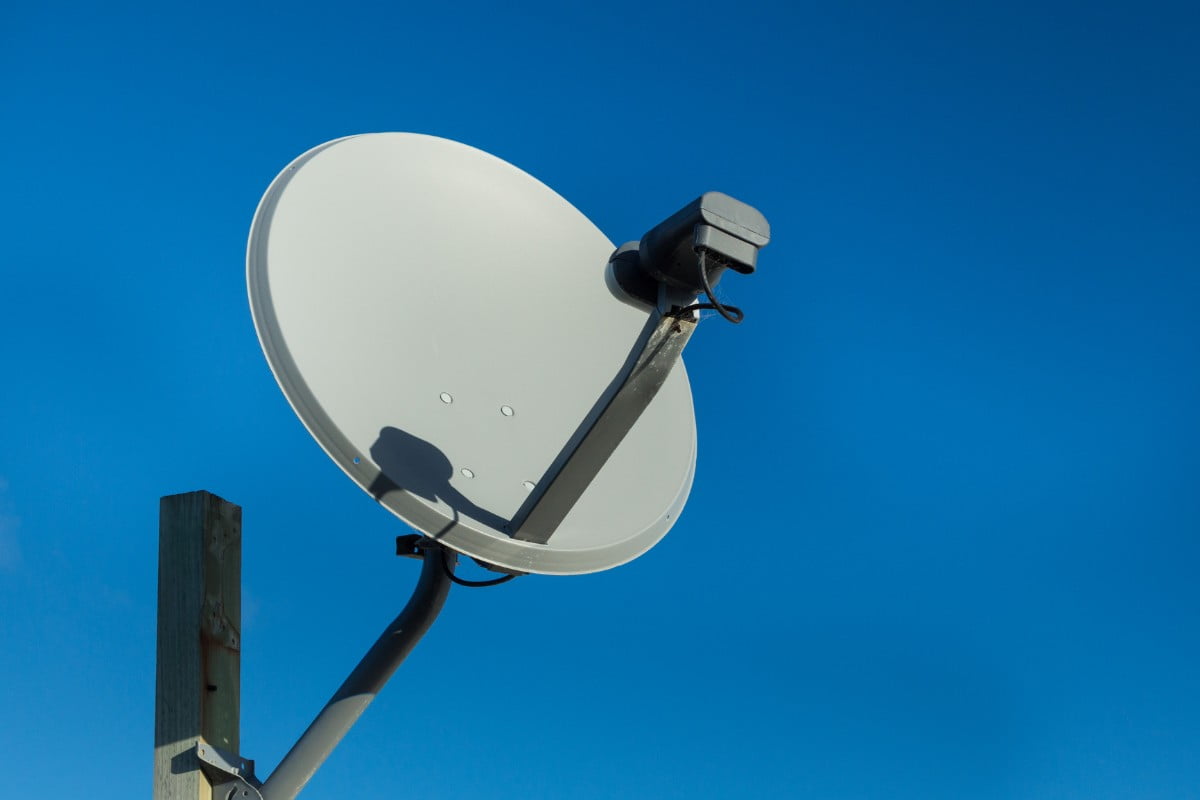
The Telecom Regulatory Authority of India (TRAI) brought the National Tariff Order back in 2019. The notification of this new development was seen as a positive step by the subscribers; however, the same feelings were not shared by the broadcasting community. The big hotshots of the broadcasting industry unitedly opposed the NTO in various High Courts across the country. The legal tussle still persists between the parties and the sector regulator. Soon after the new tariff regime, which was nightmarish to implement given the lack of preparation and technical know-how among the subscribers, it soon became clear that broadcasters might have had a point. As per the surveys post the NTO rollout, a lot of Cable TV subscribers reported a rise in their monthly bills, an outcome that was not expected. In such a scenario, it begs to be questioned what points do the broadcasters raise in this issue.
Arbitrary Limit on Channel Pricing
First and foremost is the limit of channel pricing, which has been slapped on the broadcasters. Although in the latest Bombay High Court ruling, the broadcasters were able to break free from one clause of the NTO 2.0, the ideal scenario is far away for them even yet. In a conversation with a senior official of a big broadcasting firm, it was highlighted that TRAI had arbitrarily fixed the limit of the channel price at Rs 12 and then given the leeway of pricing it up to Rs 19. The main pain point for the broadcasters seems to be the single yardstick that has been used to price all the channels.
The channels with a vast coverage and heavy content output have been allowed to be priced as same as some of the less noteworthy channels. While the latter might spend way less on buying rights, the former has to spend a lot more. The solution to the cash crunch lies in advertisement revenue, which on the other hand, causes a pinch in the quality of content. Further on, the higher pricing of the channel discourages the subscribers to watch these channels, causing a subsequent fall in advertising revenue as well.
Heavy Handed Regulation by TRAI
Hence, what we see here is a double-sided regulation from the Telecom Regulatory Authority of India (TRAI), which is looking at the DTH industry from the lens of telecom. This is, however, absent in the industry of data packs and OTT content, where data is allowed to flow abundantly, and there is minuscule regulation in the pricing affairs of OTT platforms. On the other hand, when it comes to the DTH industry, the intermediaries have the upper hand since their NCF is fixed regardless of what number of channels the subscribers have, and they have ensured payment of Rs 130 on every connection.
Broadcasters and the Audit Troubles
The broadcasters also face the problem of severe under-reporting since the auditing powers, as per the new regulations, stay with the DPOs. As per a letter obtained by TelecomTalk to TRAI, broadcasters have written how there have been vast discrepancies between the numbers reported by the regulator and the numbers reported by DPOs post the audit. In fact, a lot of DPOs have not even fulfilled their auditing duties. For example, in the October-December 2019 Quarterly Performance Indicator Report (PIR) of TRAI, there were 69.98 million DTH subscribers as of December 2019. But, the figures reported to the broadcasters were off by more than 10 million subscribers, hence signalling blatant under-reporting on the back of missing empanelment of auditors.
In such a scenario, there needs to be a balance in regulation by TRAI, wherein the auditing measures, an activity that keeps the industry in check, should be stringently executed by the DPOs, and the broadcasters should be given more say in it. Not only this, but the heavy-handed regulation with a telecom perspective should be thought over again, and the market forces should be given a more say in how the broadcasting industry and DPOs operate in tandem. This would not only be for the benefit of stakeholders but by ripple effect, good for the consumers as well.















